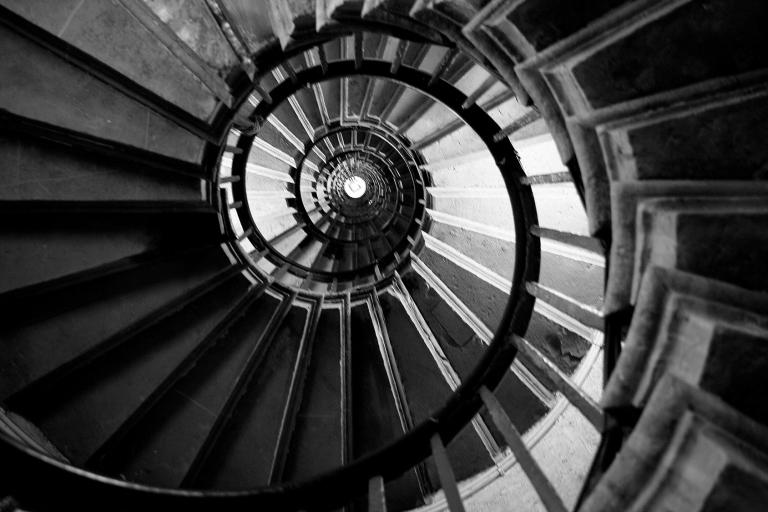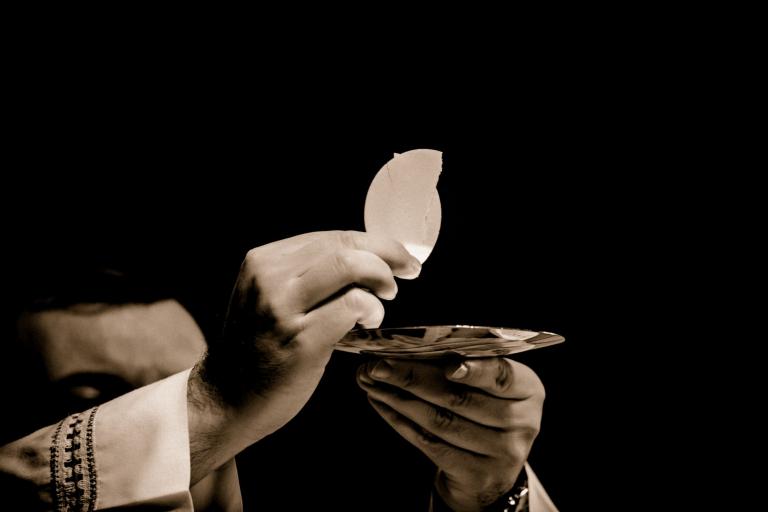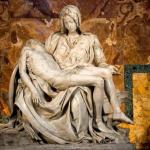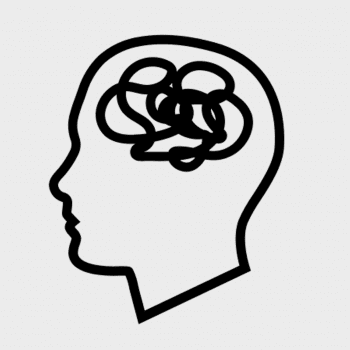Given the recent news about the sexual abuses committed in seminaries, I’ve been thinking a lot about elitism. It seems to me that these particular clerical abuses were not only the result of moral depravity, but also a thirst for power and status. In other words, they were about “the Inner Ring.”
C.S. Lewis and “The Inner Ring”
In 1944, C.S. Lewis gave the Memorial Lecture at King’s College, at the University of London. In this talk, he describes our desire to be accepted within innermost social circle whatever group matters to us at the time. Whether it’s in our parish or school, government or work, this “inner ring” is an unspoken system of elitism and exclusion.
Though such a group may be morally neutral in and of itself, the desire that draws you in is dangerous. If it becomes a chief motive of your life, it becomes a source of evil. The desire for power and inclusion, step by step, leads to moral depravity.

Furthermore, this desire to be part of “the Inner Ring” is never satisfied. When you gain access to it, you will discover you are still excluded form a smaller and more elite ring. Lewis warns:
As long as you are governed by that desire you will never get what you want. You are trying to peel an onion; if you succeed there will be nothing left. Until you conquer the fear of being an outsider, an outsider you will remain.
What is the psychological grounding of “the Inner Ring”?
Ingroups and outgrups
In social psychology, a group you identify with is called your ingroup. You tend to associate with members of your ingroup, and have more favorable impressions of them. Everyone else is in the outgroup.
These groups are based in any aspect of your identity, including social status, culture, gender, favorite flavor of ice cream or religious belief. Because of these shared aspects of identity, you know what to expect from others in your ingroup, and it’s easier for your brain to positively evaluate them.
There’s also evidence that your amygdala, the fear center of the brain, is more active in response to socially stigmatized groups. For this reason, the ingroup vs. outgroup distinction been used to explain things like racial prejudice (see Henri Tajfel’s research).
Such categorizations are necessarily a generalization. But they can help us understand our disordered desire to belong to “the Inner Ring.”
The motivating power of “the Inner Ring”
No one wants to be in the outgroup.
As C.S. Lewis explains, you are seduced by the approval of the members of the Inner Ring:
And you will be drawn in, if you are drawn in, not by a desire for gain or ease, but simply because at that moment, when the cup was so near your lips, you cannot bear to be thrust back again into the cold outer world. It would be so terrible to see that other man’s face—that genial, confidential, delightfully sophisticated face—turn suddenly cold and contemptuous, to know that you had been tried for the Inner Ring and rejected.
And when you finally belong to “the Inner Ring,” you are a member of the most powerful ingroup. This strengthens your self-esteem and satisfaction, and opens doors to opportunities, fame, and status.
These groups are present in every stage and context of life. Cliques in a freshman high school class. Exclusive groups at elite institutions of higher education. The group of “worthy” and “pious” members of a church. Government insiders and corrupt business leaders. And yes, even the alleged systems of grooming and perversion at St. John’s Seminary.
But no matter how formidable or perverted the “Inner Ring,” Christ overthrows its motivating power.
Jesus’s answer
Christ Himself is the ultimate subversive answer to “the Inner Ring.” Christ chose twelve apostles from among ordinary fishermen of Galilee. His invitation was not to join an exclusive elite group, but to pour out their lives for others (Matthew 20:22). The apostles were chosen to be servants, to wash the feet of the poor, the sick, the marginalized and the sinful.
Christ invites each one of us to this imitation of His self-sacrificial love.
Have among yourselves the same attitude that is also yours in Christ Jesus,
Who, though he was in the form of God,
did not regard equality with God something to be grasped.
Rather, he emptied himself,
taking the form of a slave,
coming in human likeness;
and found human in appearance,
he humbled himself,
becoming obedient to death, even death on a cross.

And when the Catholic Church is truly herself, she subverts “the Inner Ring” in the most epic way: she celebrates of the Eucharist, daily, on altars around the world. The Eucharist is not offered for those with status or power. From the rising of the sun to its setting, Christ offers His broken Body and Blood for the salvation of all.
Let us pray for the Church and her leaders, that they might be consumed by the desire to enter into the life of the Trinity rather than any “Inner Ring.”
Further reading recommendations
Read “The Inner Ring” here.
I honestly can’t get enough C.S. Lewis. Aside from the obvious classics, I also love the Four Loves, Surprised by Joy and Reflections on the Psalms.












